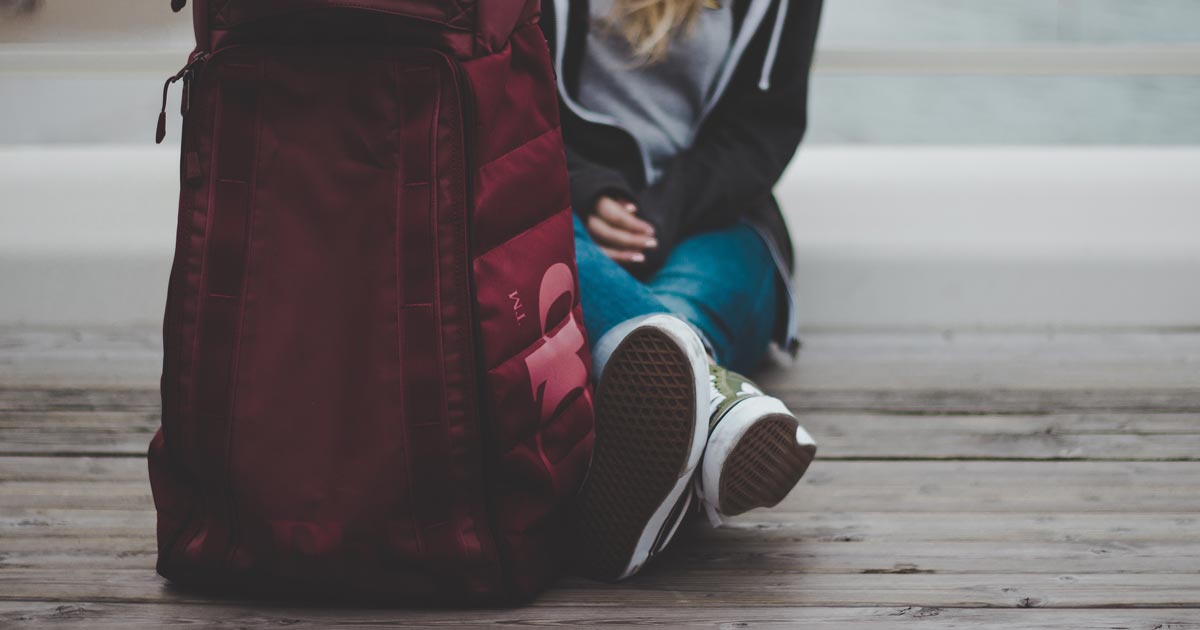
In Case of Emergency and Other Travel Basics
Student travel poses plenty to ponder. Working with a SYTA Member tour operator who provides significant expertise and a safety mindset is extremely helpful, yet there’s much you and your young travelers could do to ensure all goes smoothly.
To set peoples’ mind at ease—teachers, students and parents alike— know who to contact in case of an emergency.
Emergency Contacts List
Your tour operator or travel planner should provide all numbers related to your trip, among them those of trip organizers, venues, and key personnel at all stops. Have numbers for urgent care or medical facilities along your route. Include after-hours information!
For those traveling with you, create a contact list and provide it to your trip planner or leader and school representatives. Include your own numbers and those of chaperones and other adult travelers.
Student / Parent / Guardian Information
- Always have student cellphone numbers. This may be critical if a student must be hospitalized or is separated from your group.
- Parent or guardian preferred numbers. Request all cellphone and work numbers, and details for being contacted at work. If a number accepts text messages, indicate this on your list.
- Secondary contact name and number—a relative or friend in the area who could help out if a parent or guardian is unavailable. Note this person’s relationship to your student.
- E-mail addresses. Some people prefer e-mail, which may be the fastest means of reaching someone at work.
- Doctor information. Have numbers for travelers’ health care providers and other health professionals. Note each doctor or provider’s name, specialty, and location.
- Allergy information. In an emergency, one of the first questions EMTs and emergency room staff will ask is whether the patient has allergies. Note medical, food or other allergies for each traveler.
- Medications. List all medications the traveler may be taking, with medication name, dosage, frequency and when it’s taken. In an emergency, medical personnel need to know what may be in the patient’s system.
There are also many considerations for keeping people safe during even the simplest or most local travels.
Travel Basics
Be aware of your surroundings. Be confident. Be alert.
- Act as though you know where you’re going. If you become lost or confused, seek an authoritative person for help.
- Avoid public demonstrations or other civil disturbances.
- Monitor your belongings. Use inside pockets or a cross-body bag wrapped across your chest. Avoid outside pockets, fanny packs or handbags.
- Do not list your home address on luggage tags.
- Do not wear name tags in public—or turn them with names facing away.
- Do not wear clothing with offensive text or images.
Stay safe and secure.
- Check domestic travel alerts before and during travel. | www.dhs.gov/travel-alerts
- Lock doors and windows where you’re staying.
- Be inconspicuous.
- Do not wear expensive jewelry.
- Do not divulge personal information to strangers.
- Do not draw attention to any nationality or perceived entitlement.
- Do not get into a vehicle or otherwise go with strangers.
- Stay in groups, or with an assigned buddy.
- Do not leave electronics or other devices unattended.
- Exercise caution when withdrawing cash from an ATM. Do not do so alone.
- Guard your identification and credit cards.
- Expect the unexpected. Be prepared and be flexible.
- Review your itinerary, repeatedly.
Ensure good behavior.
- Discuss your students’ code of conduct and expectations.
- Prohibit use of alcohol and illegal drugs.
- Prohibit use of profanity, vulgarity and obscenity.
- Make students aware of local cultural differences that may affect them.
- Do not tolerate teasing other travelers, physical bullying and violence.
- Do not tolerate behavior endangering the health and safety of others.
- Make clear that inappropriate or illegal behavior may result in the student being returned home.
- And always, ensure every member of your group carries the emergency contacts list!
Edited by Amy L Charles, Editorial Director for Teach & Travel.
This article originally appeared in the September 2020 issue of Teach & Travel.

